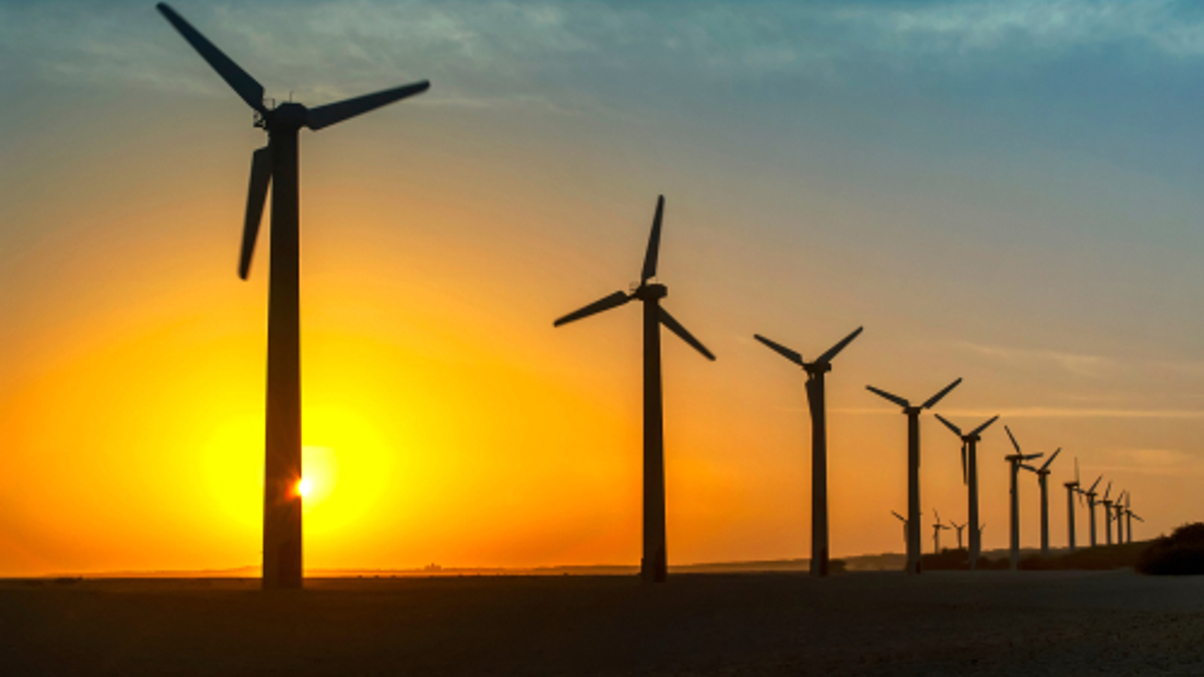Aussie super funds turn to emerging Asia infrastructure
Pension funds such as Hesta and CSC want to add infrastructure assets but Australia is fast becoming less fertile ground for such investments, especially those with an ESG element.

Australian superannuation funds, keen to boost their allocations to infrastructure, are increasingly looking abroad – notably to emerging Asia – as opportunities grow scarcer at home.
Sign in to read on!
Registered users get 2 free articles in 30 days.
Subscribers have full unlimited access to AsianInvestor
Not signed up? New users get 2 free articles per month, plus a 7-day unlimited free trial.
¬ Haymarket Media Limited. All rights reserved.


